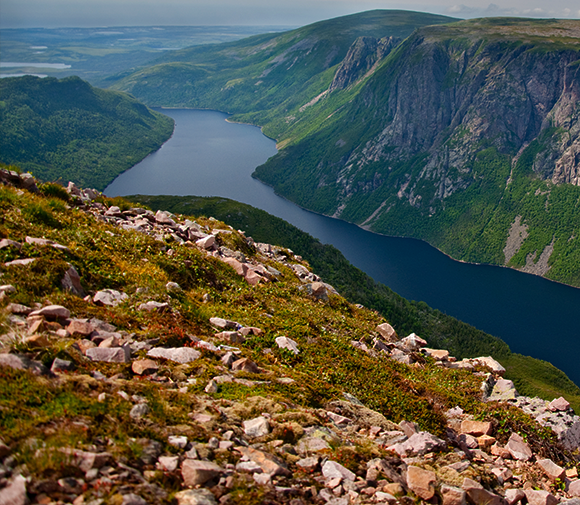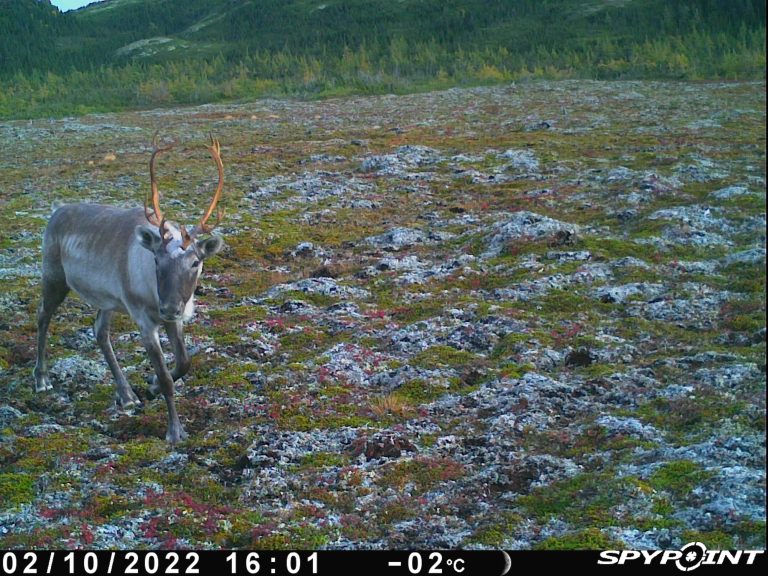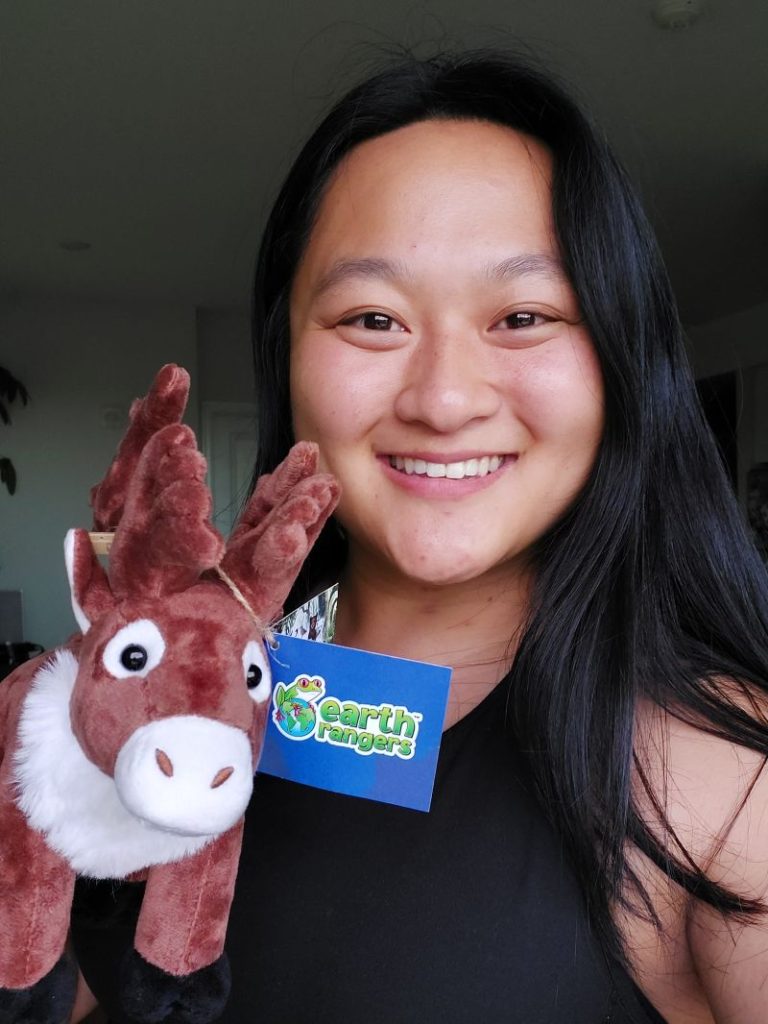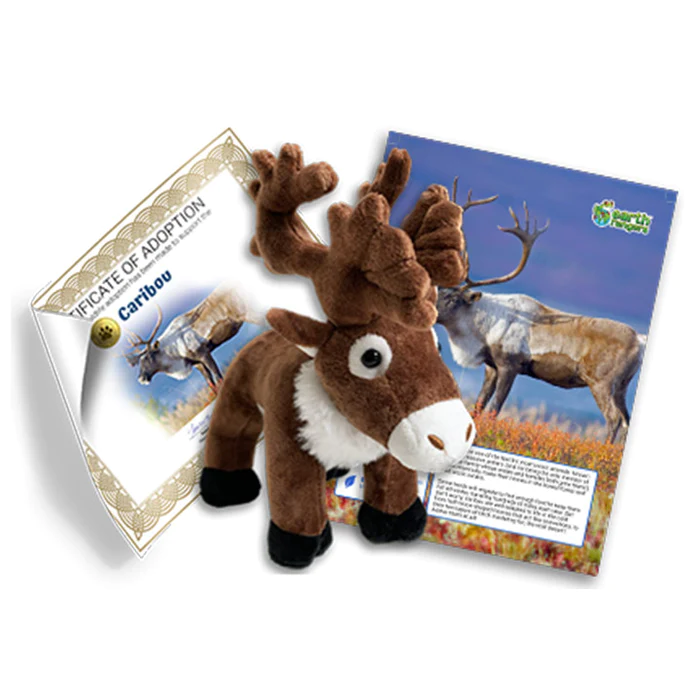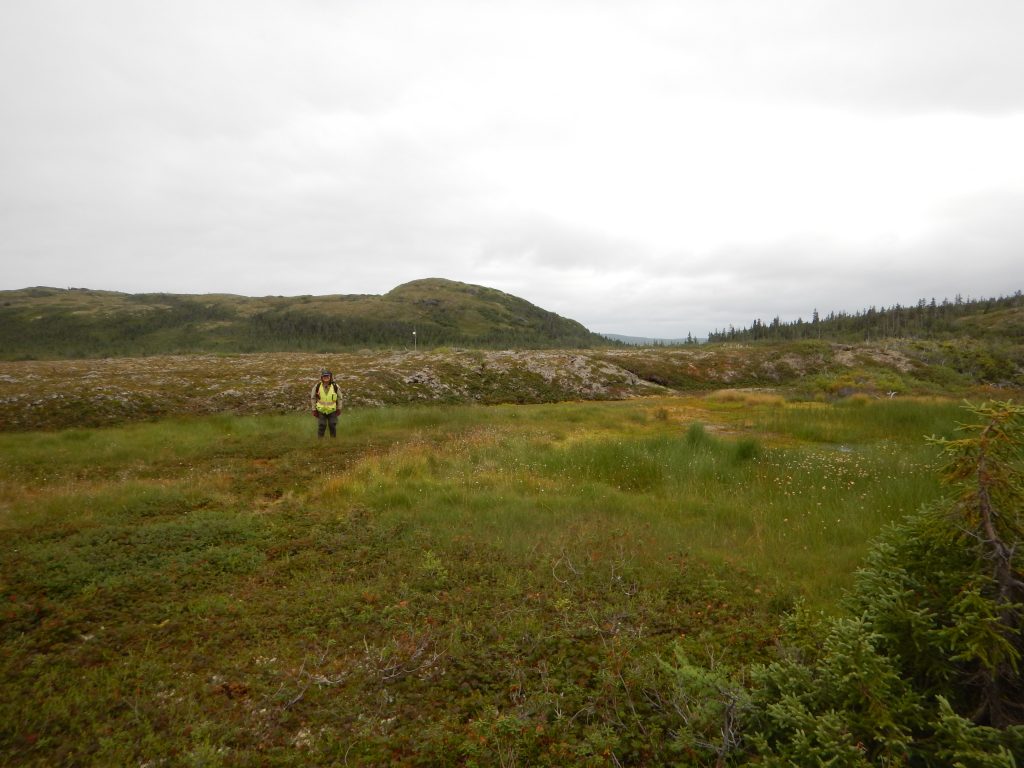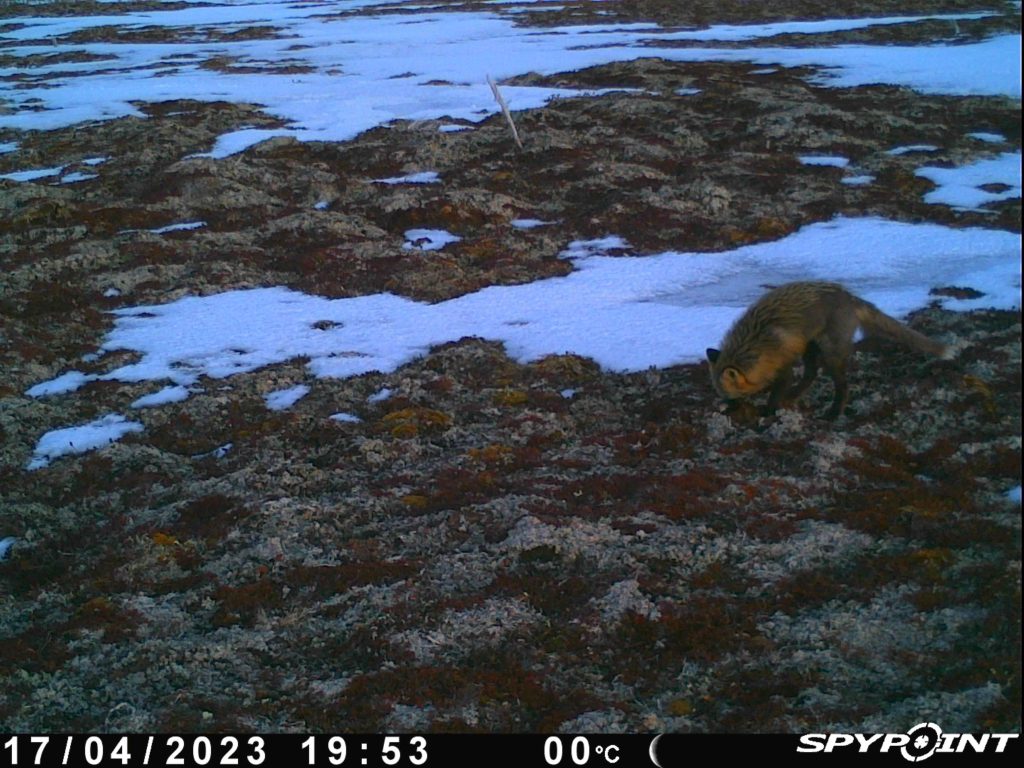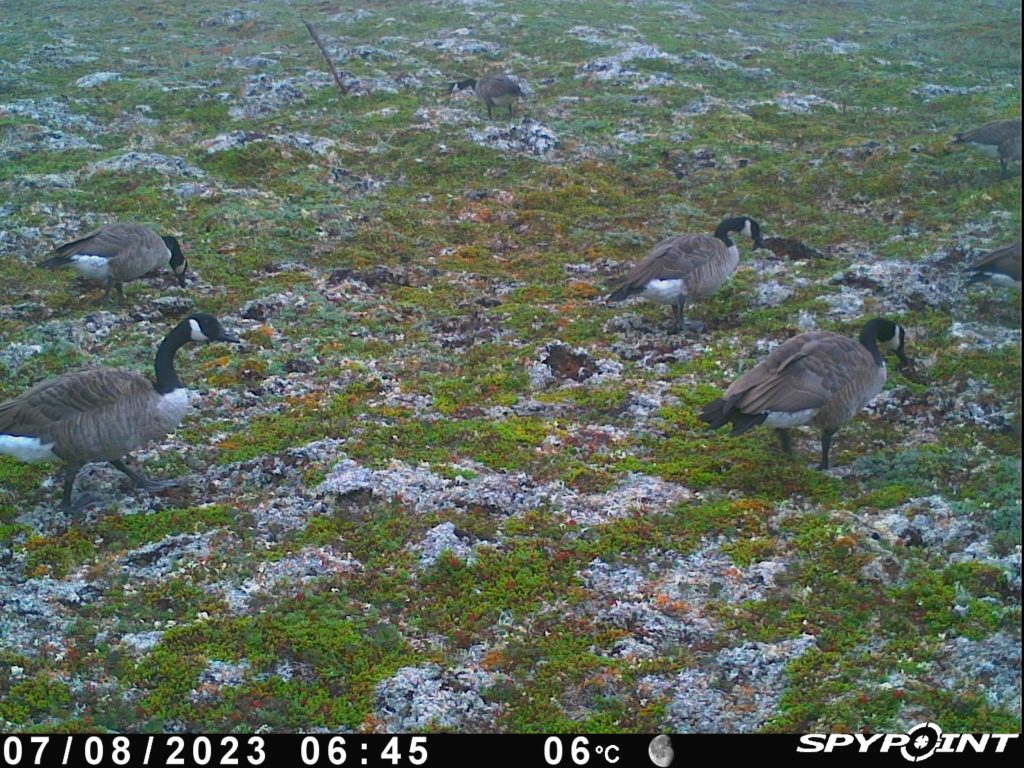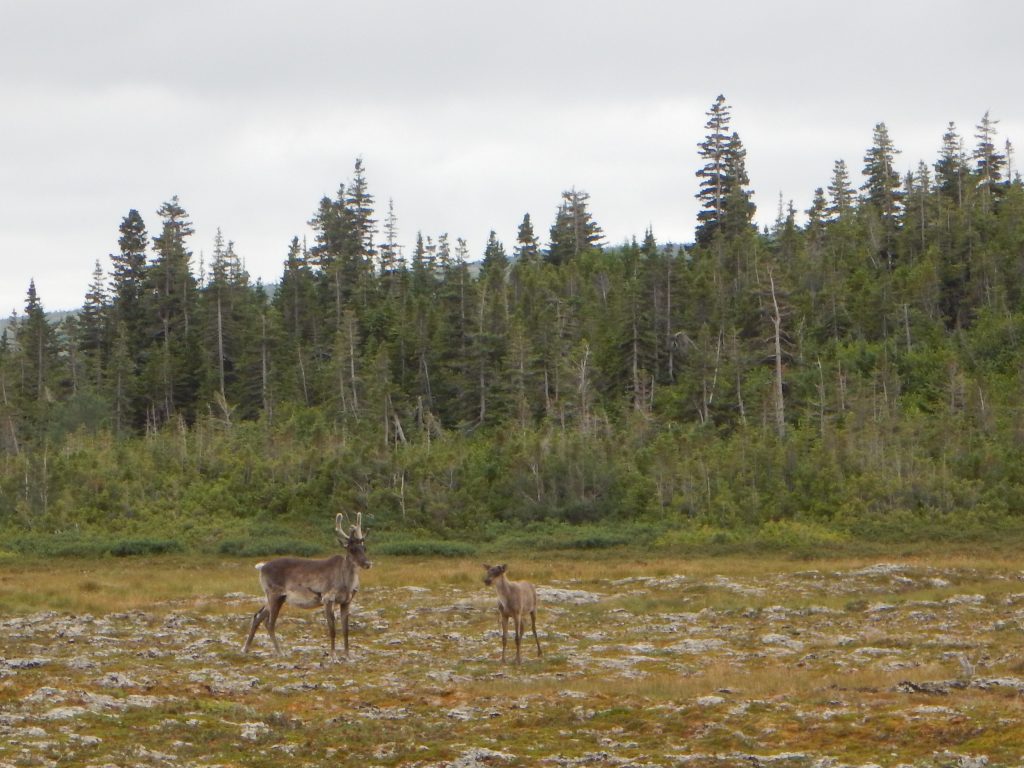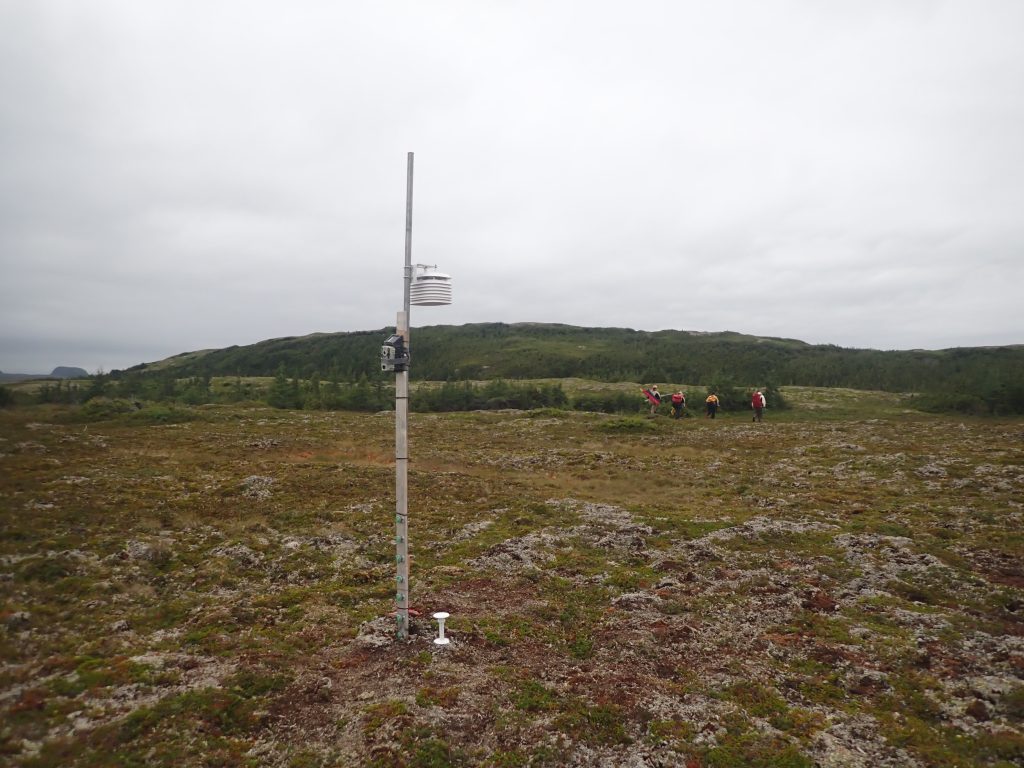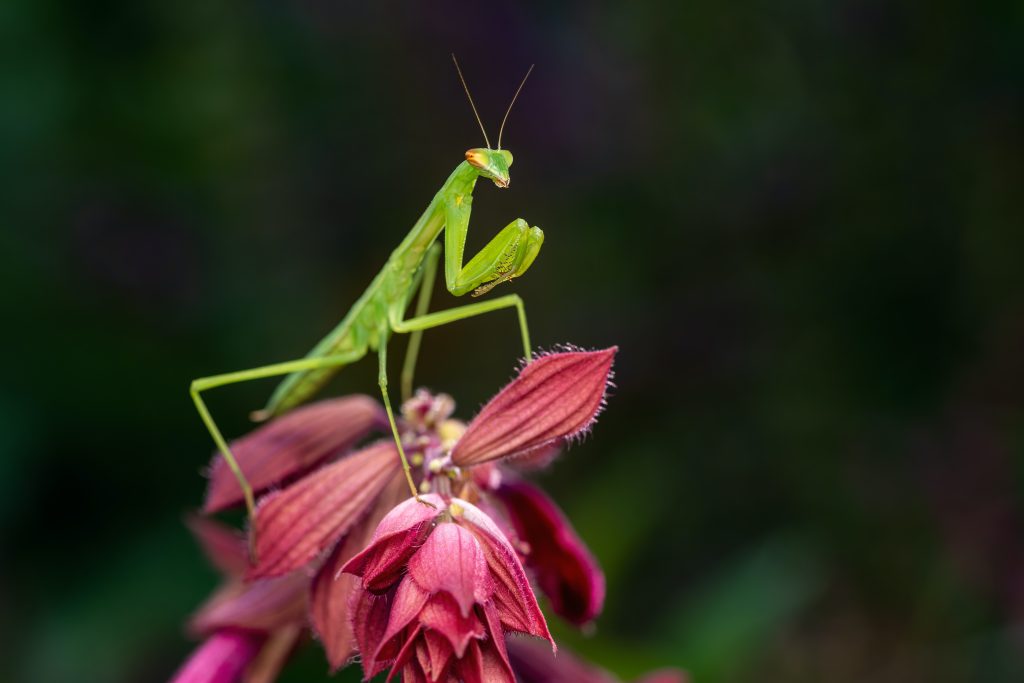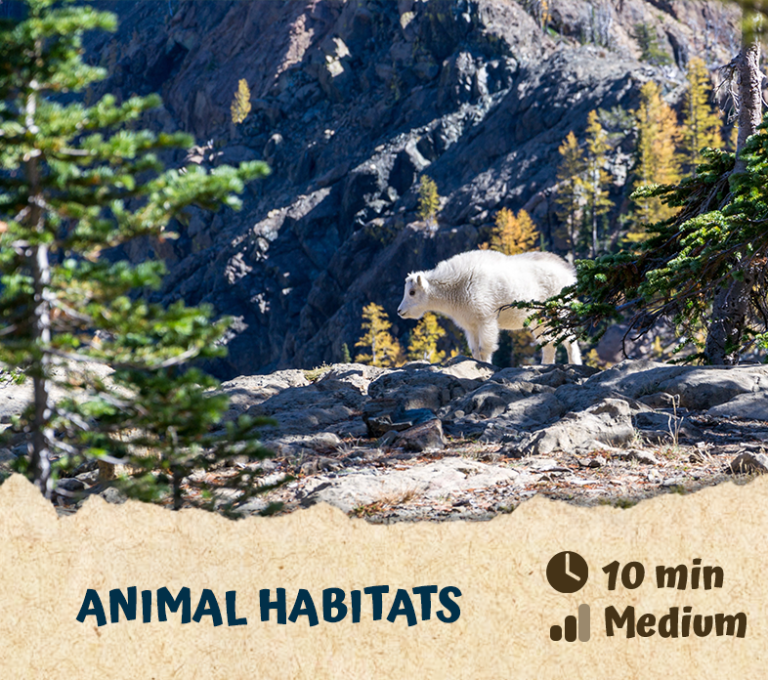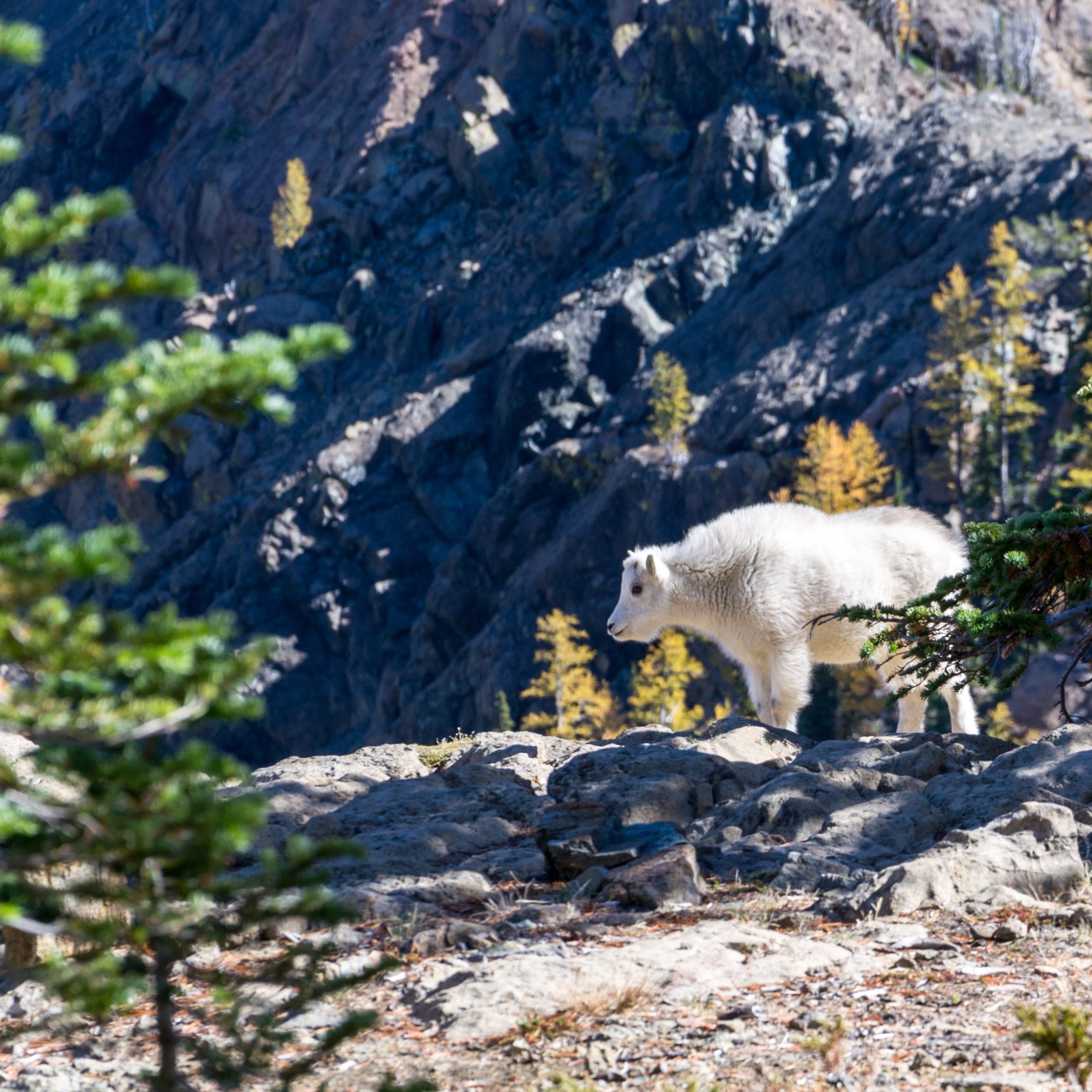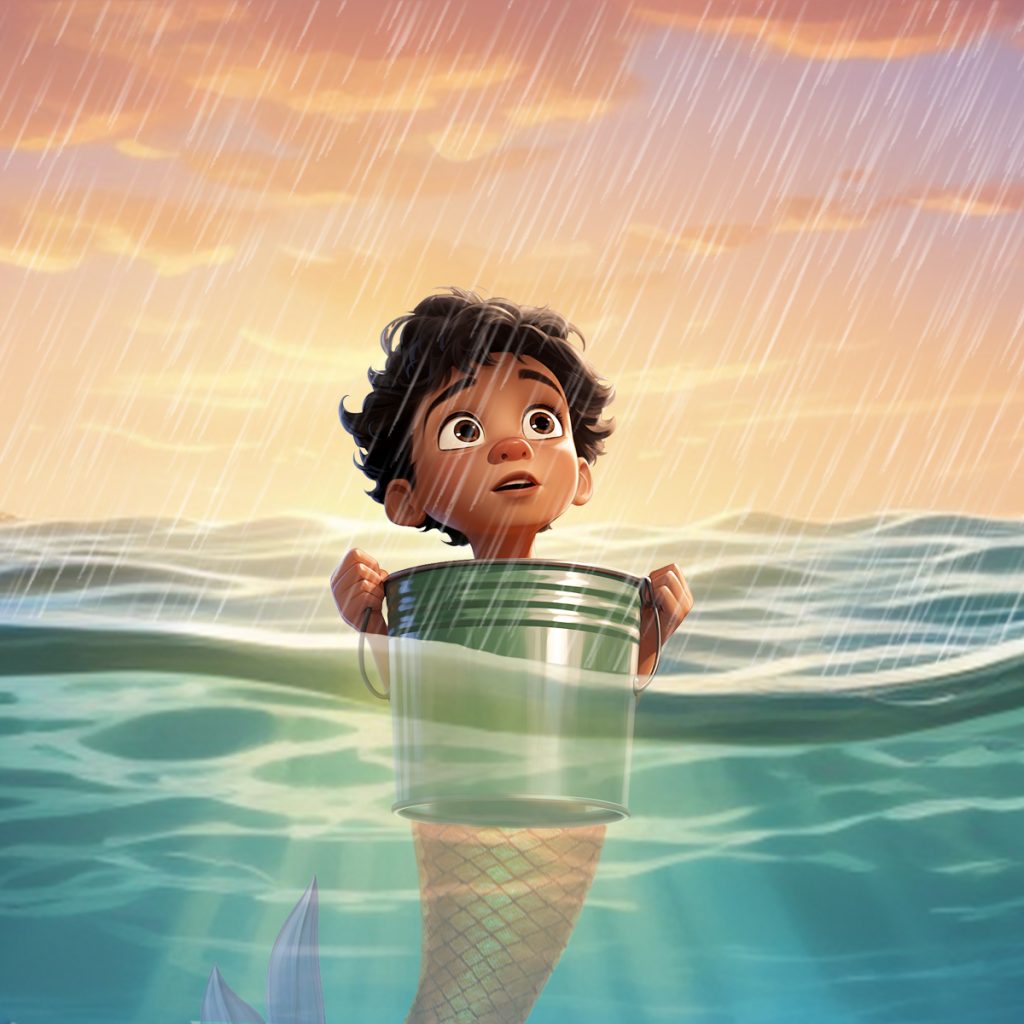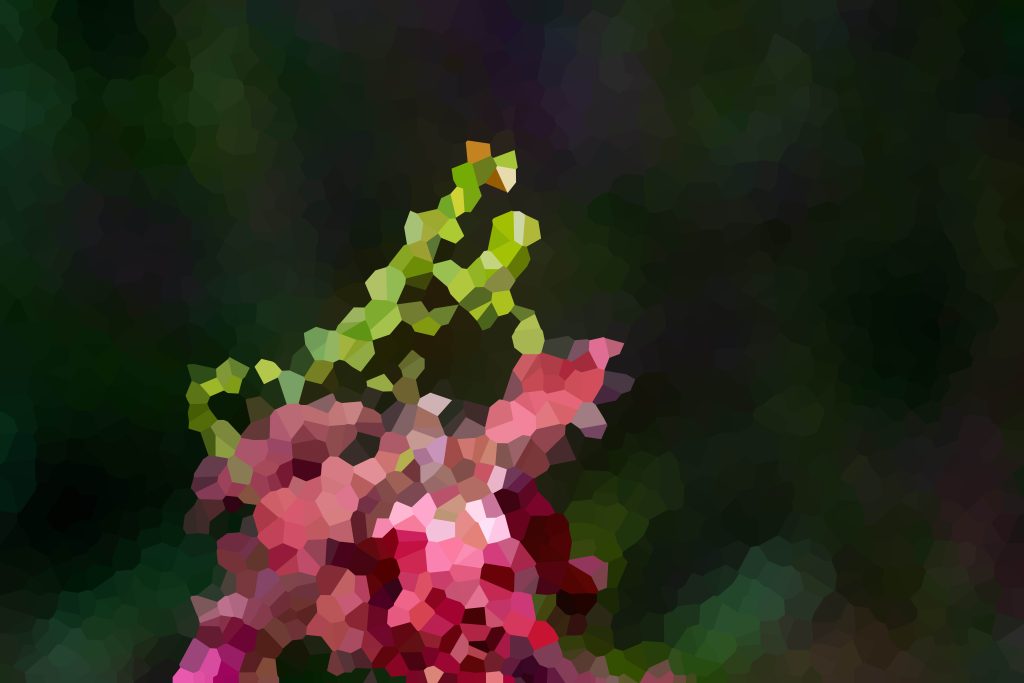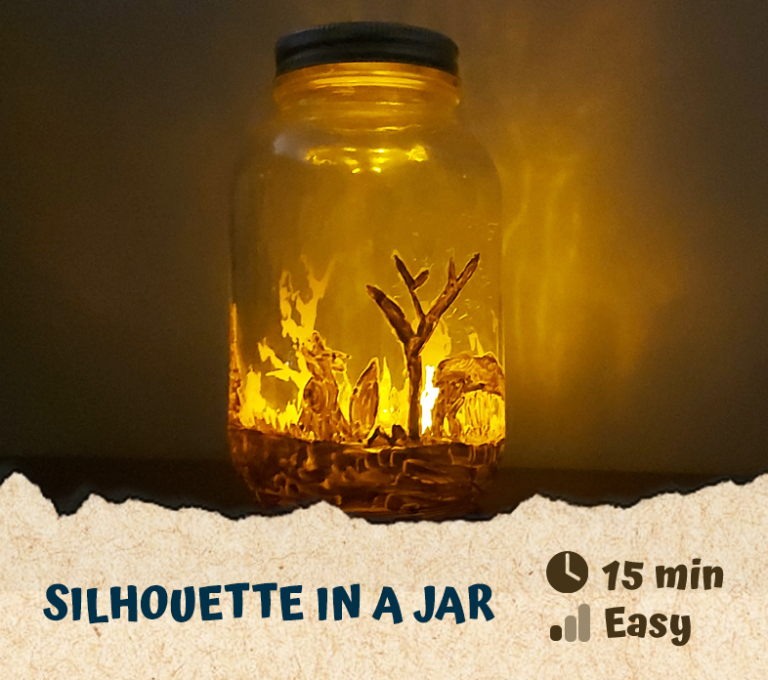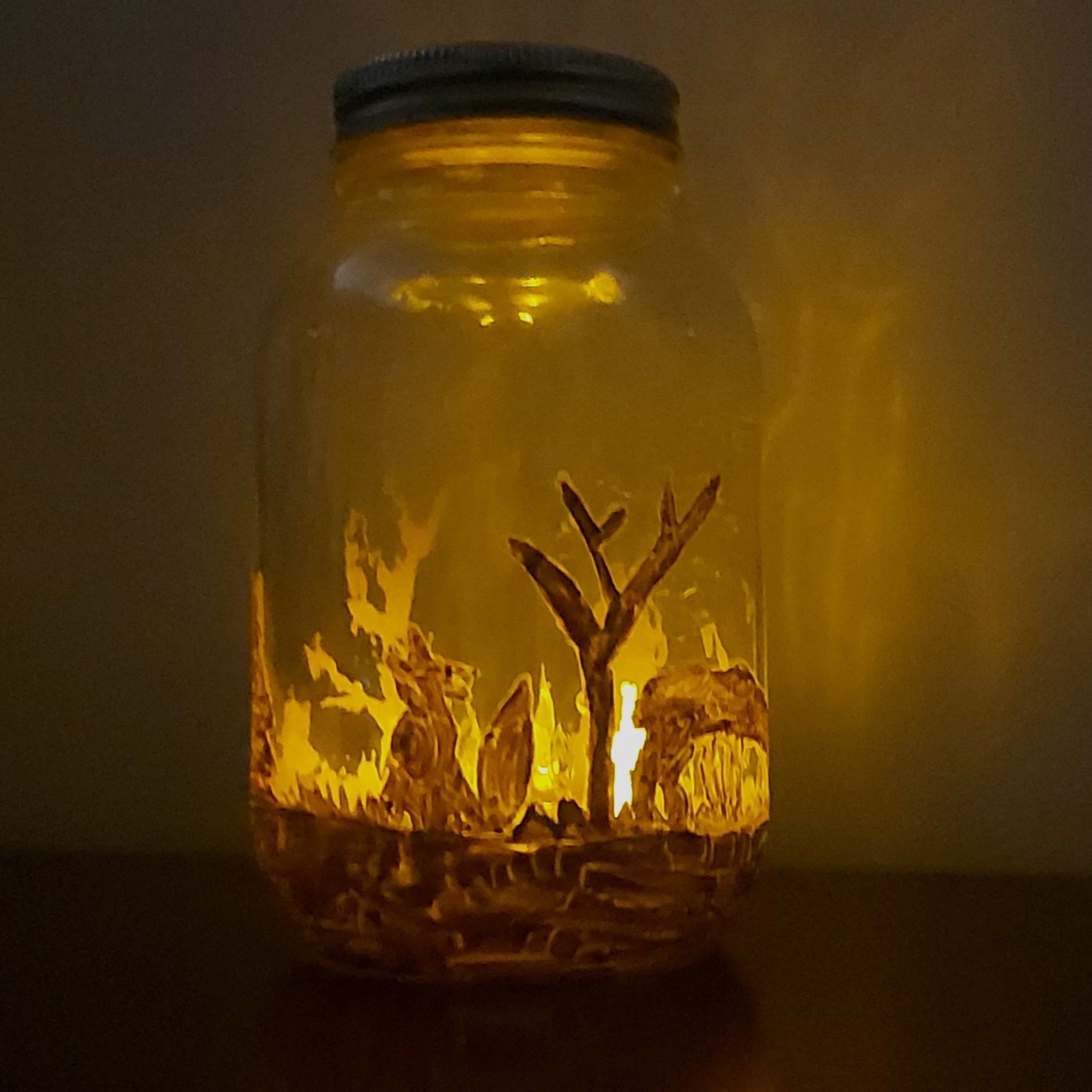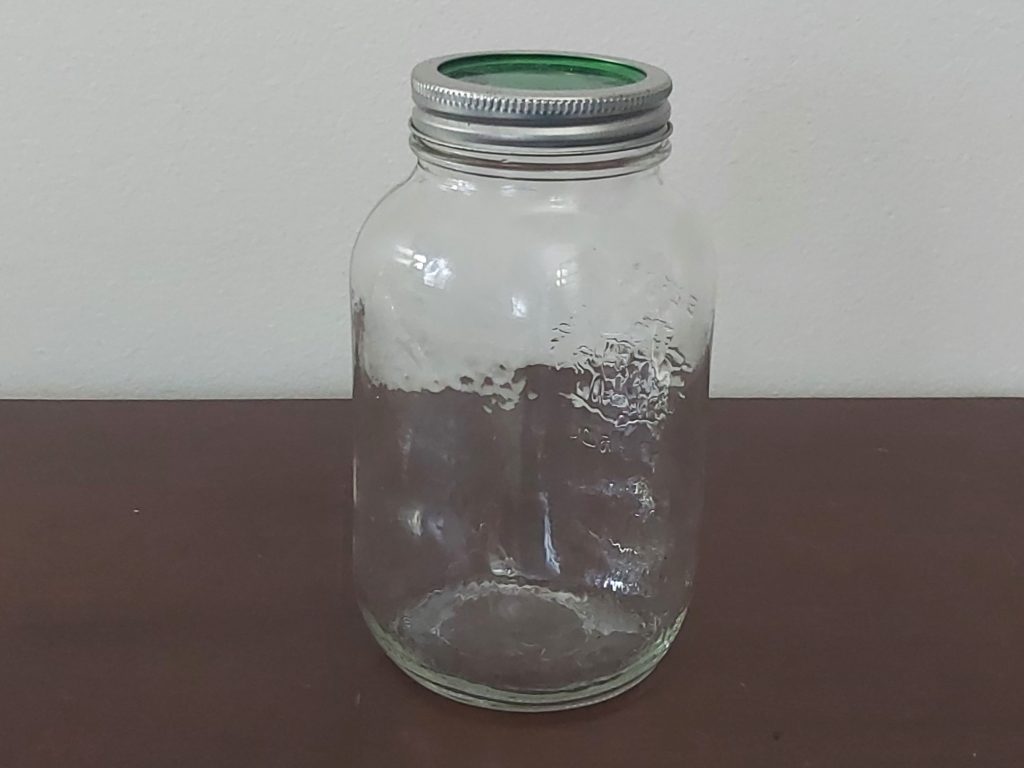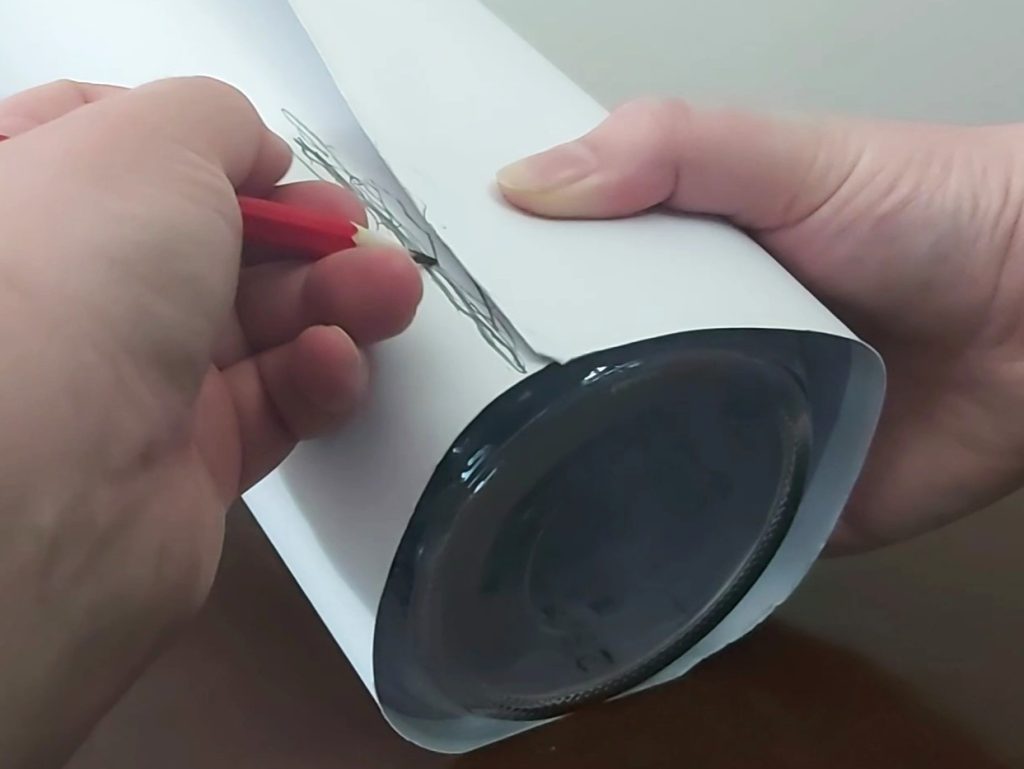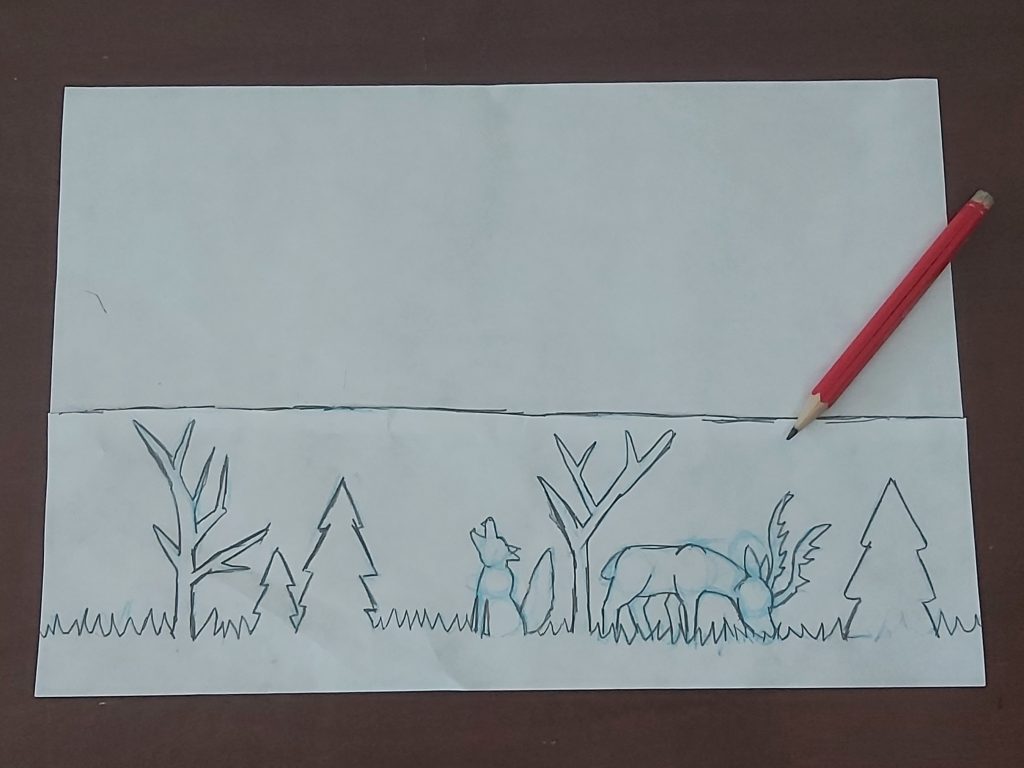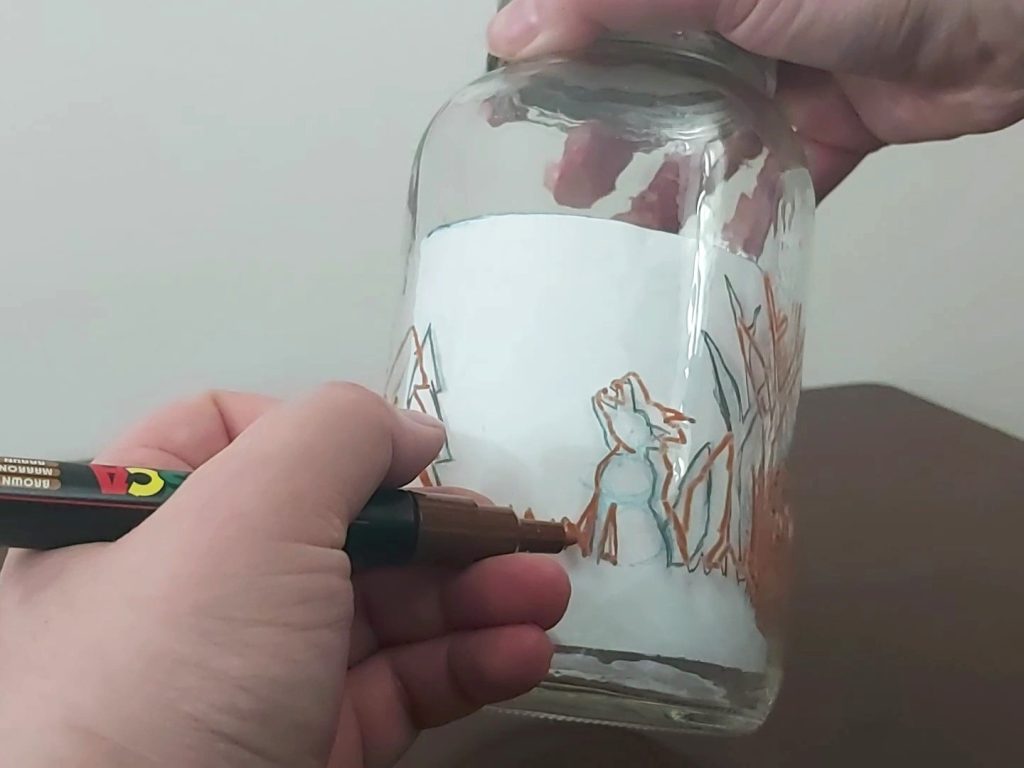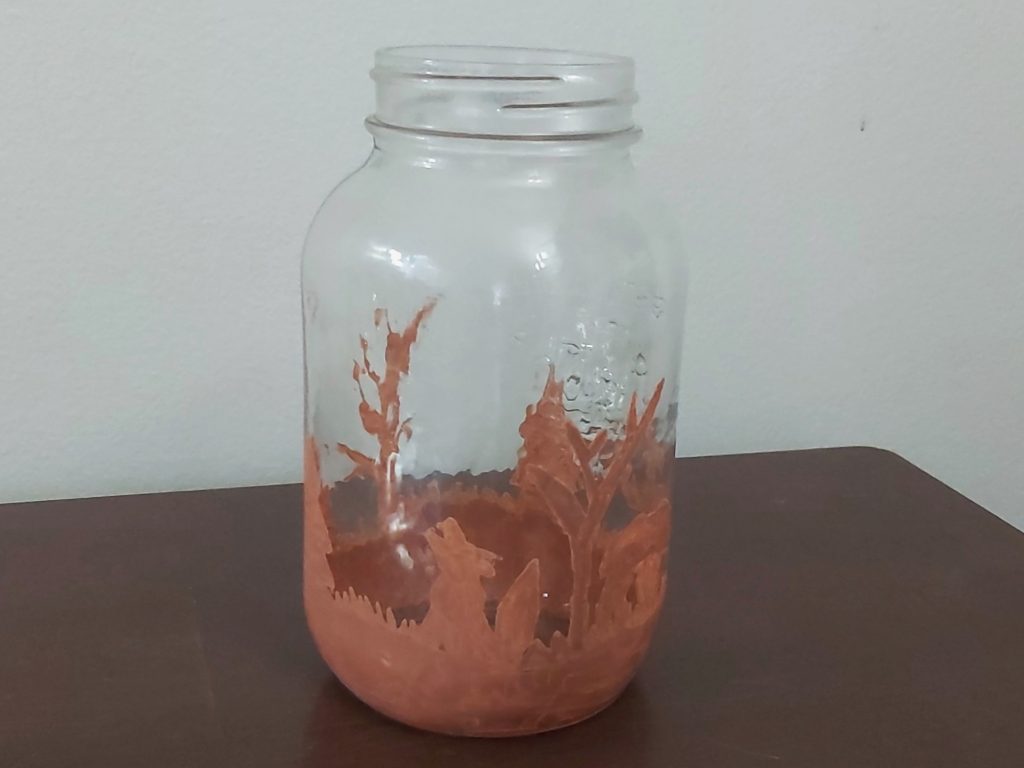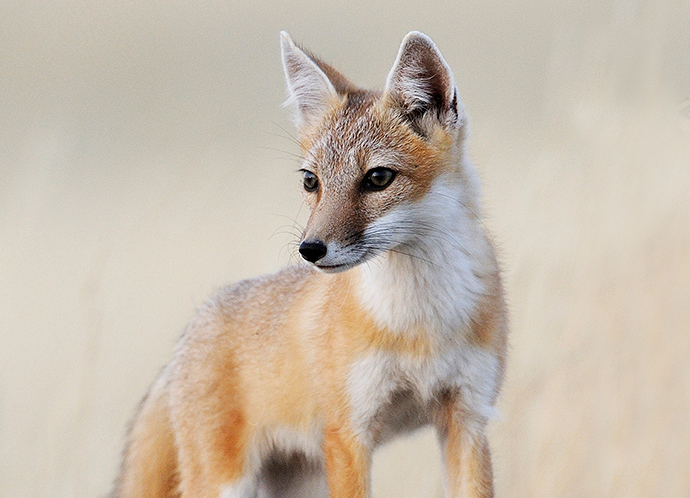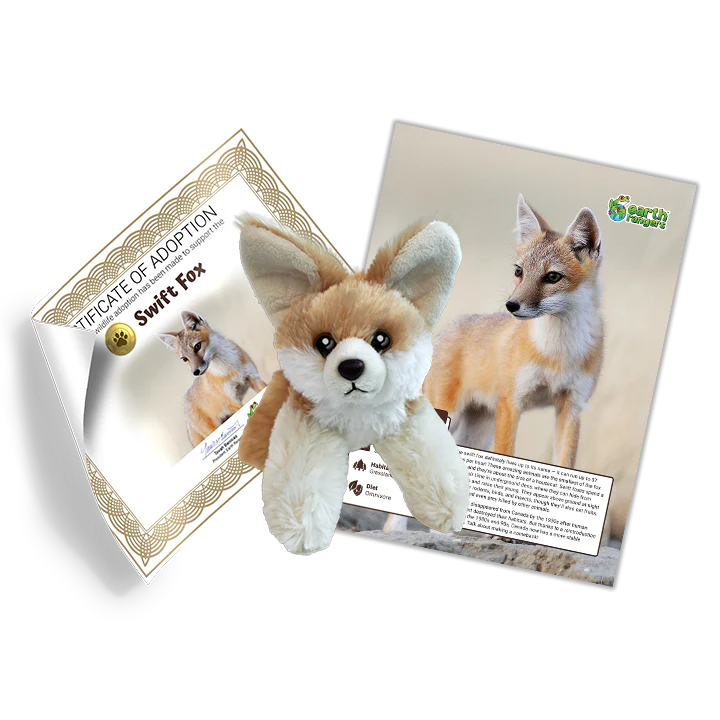
Waddaya at, listeners? That’s nefinese for “hello”, or “what’s up”. What’s nefinese? The slang spoken in Newfoundland. Today Emma is excited to explore the magnificent Gros Morne National Park in Newfoundland, Canada, but watch out: It looks like she’s about to into stumble a sticky mishap. Tune in to find out more.
After visiting the US to meet Ryan in her last park adventure and taking a break for New Year’s, Emma is back to her normal vacation tour of national parks! Today, she’s visiting Gros Morne National Park, which is located in both the Canadian province of Newfoundland and Labrador!
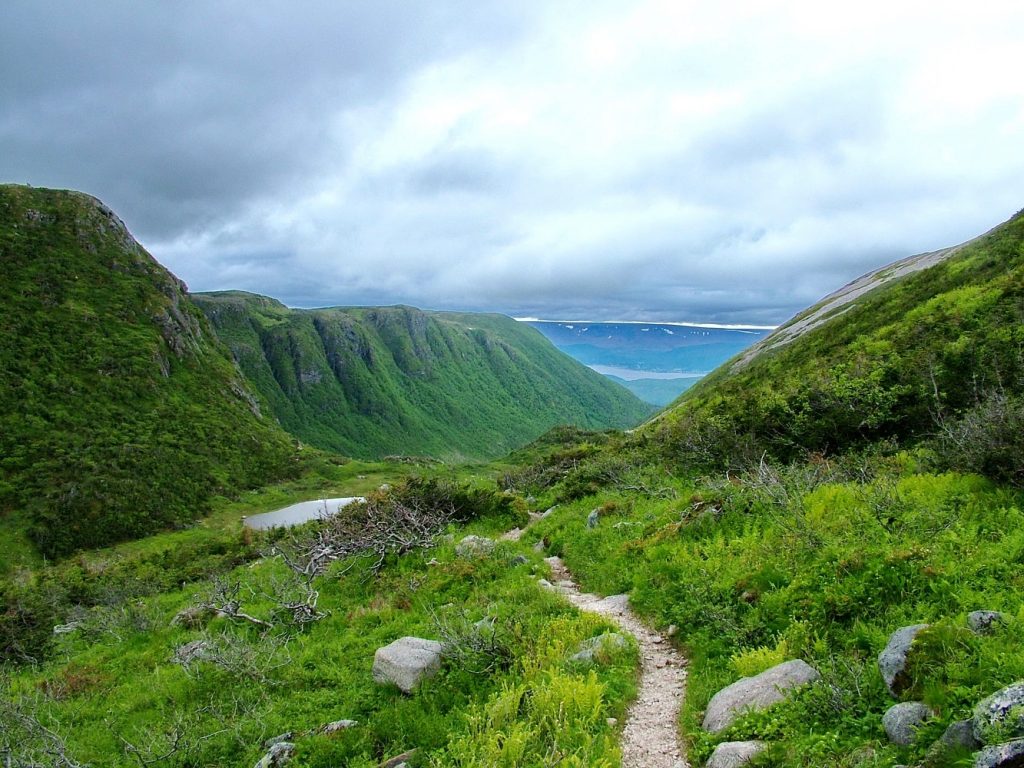
Located on the shores of the Gulf of St. Lawrence, Gros Morne National Park is over 1,800 square kilometers in size and it’s a UNESCO World Heritage Site, which means it’s protected land. And thank goodness for that! This park is someplace special.
While hiking the Gros Morne Park, Emma shared with us a useful trick on how to tell different coniferous tree needles. Do you know it?
Fir needles are flat and fat.
Spruce needles are sharp and square.
And Pine needles grow in bunches of 2, 3 or 5!
Next time you pass a conifer you can use that trick to figure out which type it is! Let us know what you found!
Emma decided to avoid these trails because it gets so many visitors, but one of the most famous trails of Gros Morne are the “Tablelands”. The Tablelands are extremely unique; hiking on all that barren, brown rock was just like being on another planet. The Tablelands are made of peridotite, which isn’t very nutrient-rich, so very little grows there.
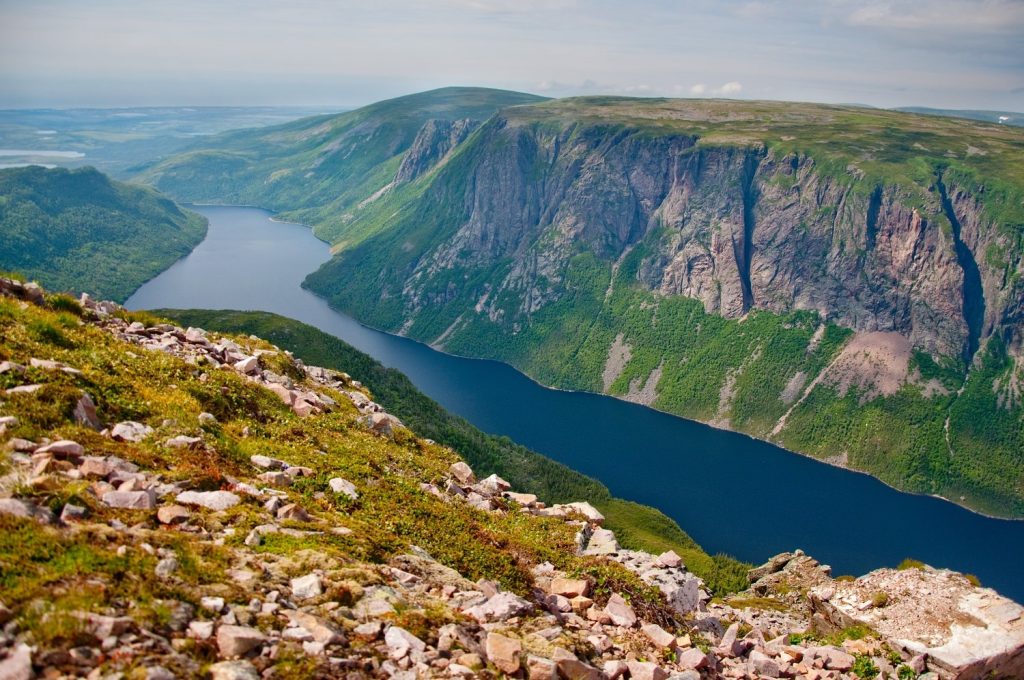
Earth Rangers, did you know when you hike in this part of the park, you’re hiking on the Earth’s mantle?
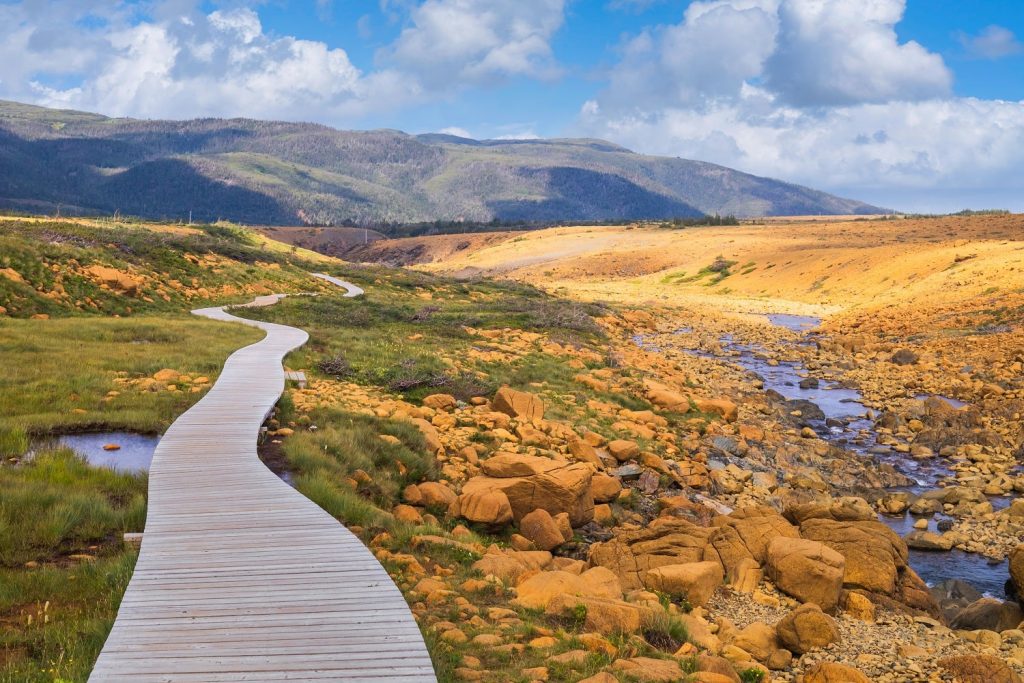
That’s right! The Earth’s mantle is not something we normally see – it is found under the Earth’s curst (that’s the layer we live on). The mantle at the Tablelands is visible to us because of an ancient collision between tectonic plates, which caused it to rise.
Emma may have failed to find the elusive pine marten, but there are absolutely cute pictures of these shy animals for you to see!
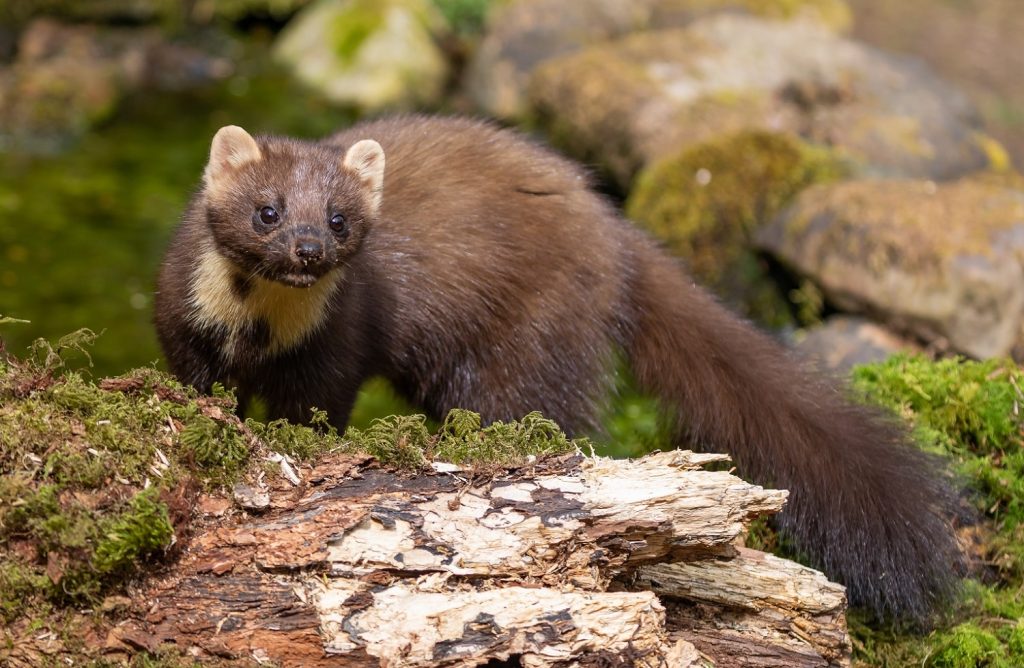
When Pine Marten kits leave their mothers, they go set up their territories, careful to avoid direct competition with other pine martens. This can be very difficult, especially in lands with many predators, habitat loss, and humans. These fluffy creatures have been hunted because of their dense and soft fur – which people thought was perfect for scarves, coats, and hats.
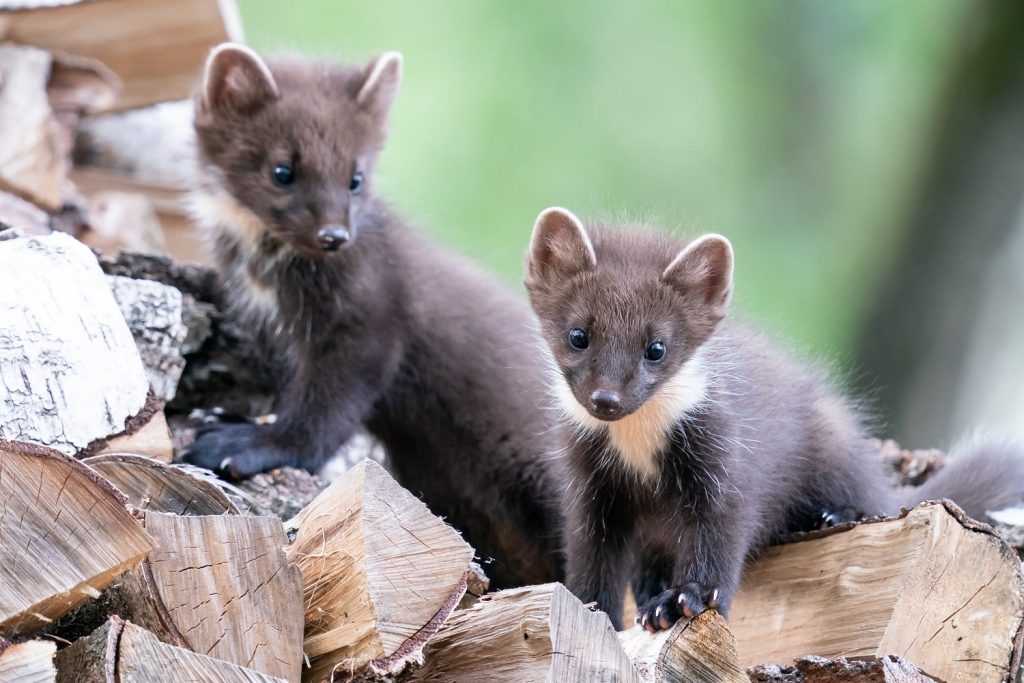
Due to their threatened, and even endangered status in Canada, it is illegal to hunt these adorable animals! Thanks to that, they’ve made a steady return, and the Newfoundland marten has managed to change from endangered to threatened in that region.

Do you have a favorite Pine Marten fact to share, or one of another animal found at the Gros Morne National park? Should Emma head to Everglades next, or check out another National Park instead?
Let you know in the comments below!


